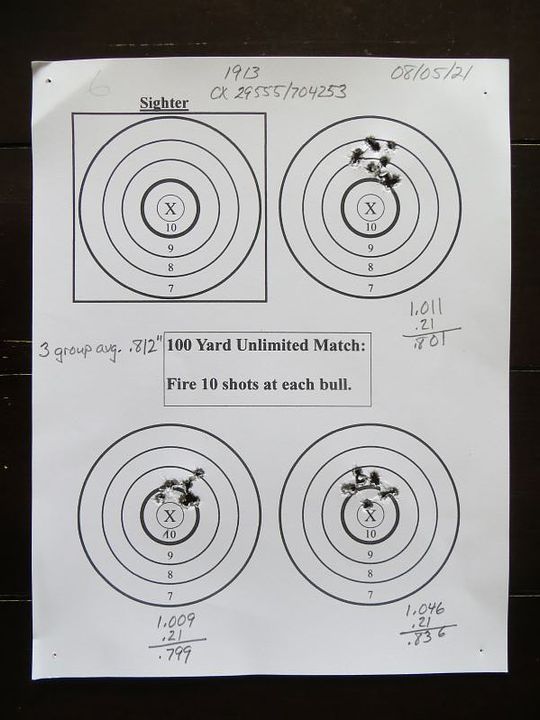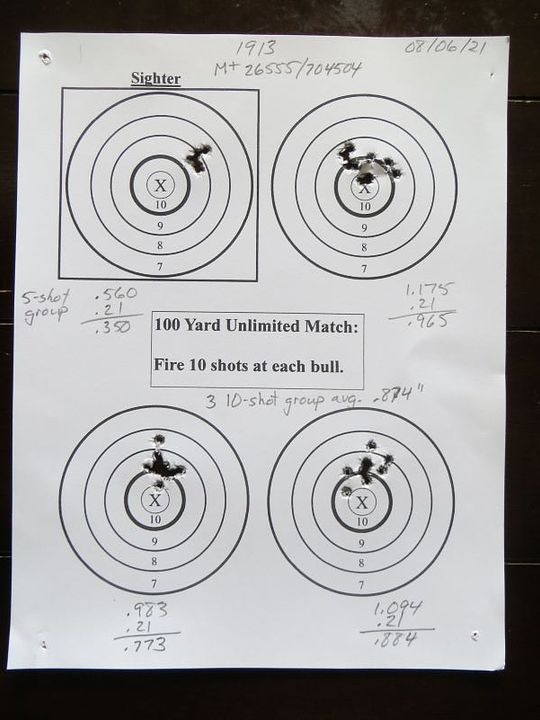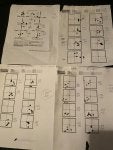Your comments on humidity are interesting, but I'm not sure how I might adjust for it. I generally shoot my groups pretty quickly when the wind conditions seem optimum, or at least stable. I think wind changes have a larger contribution than humidity changes when shooting at 100 yards, but I admit, I have no data to back up that opinion.
Temperature plays a factor because most of the powders used in .22LR, at least years ago, was temperature sensitive.
A difference in temperature between 8 AM and Noon in the summer, at least in Virginia, can be 20 degrees or more. It gets even worse by 3 to 4 PM. That can not only create an increase in muzzle velocity but also result in increasing the mirage effects you reference.
I have done a lot of testing of the optimum scope power for .22LR rifles.
I started with 9 power max, then 15 power max, then 24 power max and finally to 36 power max. There was a significant improvement in accuracy at 15X, and a considerable improvement at 24X compared to 15X. Honestly, there was hardly any difference in group size between 24X and 36X but the 36X scopes I chose had thinner target reticles that I preferred because they made aiming more precise, especially at 100 yards.
All of my best 22LRs mount fixed power Weaver T-36 scopes with 1-inch tubes. Even though they are old, I use them because they came with target turrets that make moving the reticle from 50 to 100 yards easier since match ammo takes about 6.5 MOA adjustments to get a 50 yard zero to move to the zero at 100 yards. All of my 100 yard groups were shot using those old Weavers.
I find that the 1-inch tubes seem to be more conducive to seeing mirage than 30mm tubes.
I think an additional source of mirage comes from heated barrels in the larger calibers, even on cold days. Luckily, .22LR barrels don't heat up, even on really hot days, so the prime mirage impact comes from the temperature difference in the heat coming off the floor of the range creating air movement and the resultant distortion along the path to the target.
I only use 30 mm tube scopes for my .223, 6.5mm Creedmoor, and .308 rifles. Even then, those calibers are all conducive to barrel heating, so I have temperature strips on all my match barrels. I still see mirage effects even on cold mornings if I let the barrel temperature get too high.















